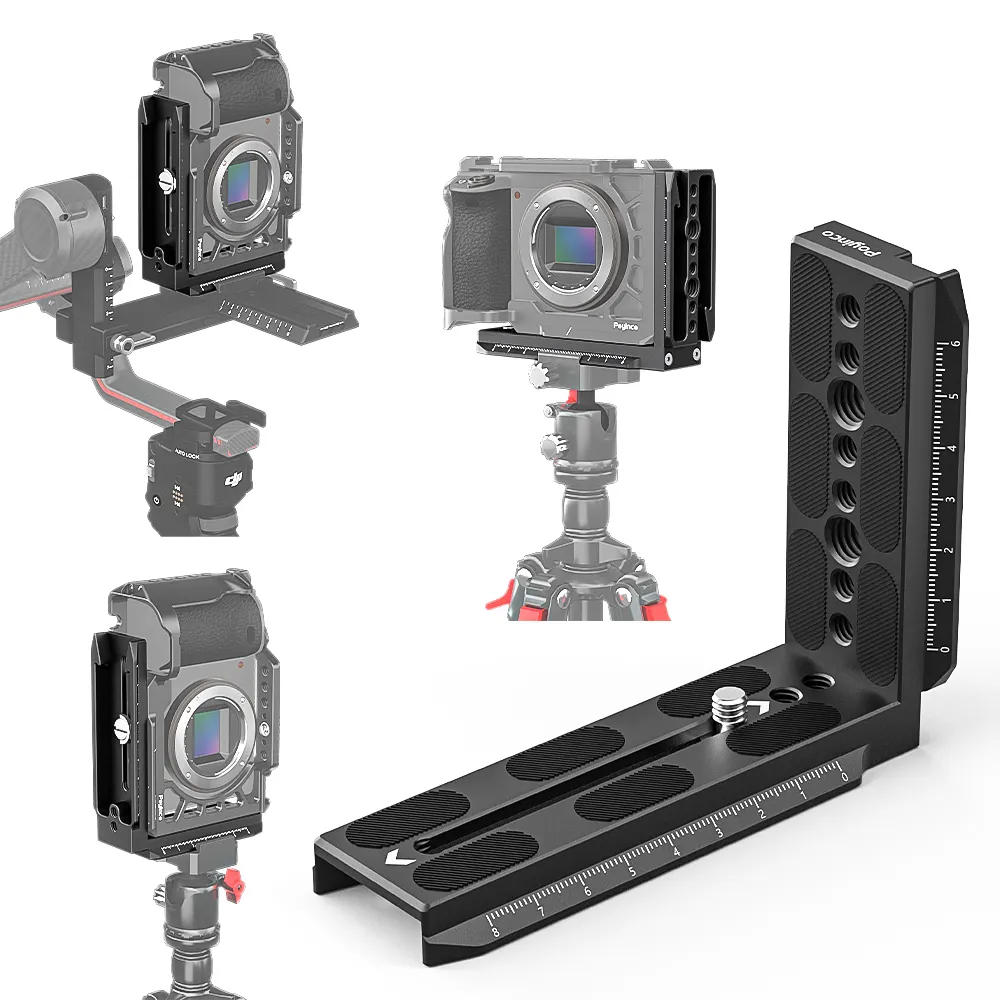

Time:2025-05-24 Views:1

Quick - release plates are often exposed to various impacts in their operational environments, which can lead to damage and reduced performance over time. To enhance their durability and extend their service life, impact - resistance damage modification techniques are crucial. Understanding the causes of impact - related damage and implementing appropriate modification strategies can significantly improve the reliability of quick - release plates.
Impact damage to quick - release plates can occur due to a variety of reasons, such as accidental drops, collisions during transportation, or high - force operations. When an impact occurs, it can cause cracks, deformations, or failures in the plate's structure and locking mechanisms. To address these issues, material selection is the first step in modification. High - strength and impact - resistant materials, such as advanced alloys (e.g., titanium alloys, high - strength steels) or composite materials (e.g., carbon - fiber - reinforced polymers), can be used to replace traditional materials. These materials offer superior strength - to - weight ratios and better resistance to impact - induced fractures. For example, replacing an aluminum quick - release plate with a titanium - based one can increase its impact resistance by up to 50%, depending on the specific alloy and design.
In addition to material changes, structural modifications can also enhance impact resistance. Reinforcing critical areas of the quick - release plate, such as the locking points and stress - concentration zones, is essential. This can be achieved through the addition of ribs, gussets, or thicker sections in these areas. Finite element analysis (FEA) can be employed to identify the high - stress areas under impact loads accurately. Based on the FEA results, engineers can optimize the plate's geometry to distribute impact forces more evenly and reduce the likelihood of damage. For instance, adding triangular gussets around the locking mechanism of a quick - release plate can strengthen the connection and prevent it from breaking under sudden impacts.
Surface treatment techniques play a significant role in impact - resistance modification as well. Coatings, such as hard chrome plating, ceramic coatings, or plasma - sprayed coatings, can be applied to the surface of the quick - release plate. These coatings not only increase the surface hardness but also provide corrosion resistance, which is often associated with impact - induced damage. A hard - coated surface is less likely to be scratched or dented during impacts, thus maintaining the plate's structural integrity and functionality. Moreover, some advanced surface treatments can also improve the fatigue resistance of the plate, reducing the cumulative damage caused by repeated impacts over time.
Another aspect of impact - resistance modification is the improvement of the locking mechanism. Impact - resistant locking designs, such as self - tightening latches or multi - point locking systems, can be incorporated into quick - release plates. These mechanisms are engineered to withstand impact forces without accidentally releasing, while still allowing for easy and quick detachment when required. By combining material upgrades, structural enhancements, surface treatments, and locking - mechanism improvements, the impact resistance of quick - release plates can be effectively modified, ensuring their reliable operation in harsh and demanding environments.
Read recommendations:
video camera quick release plate Supply chain